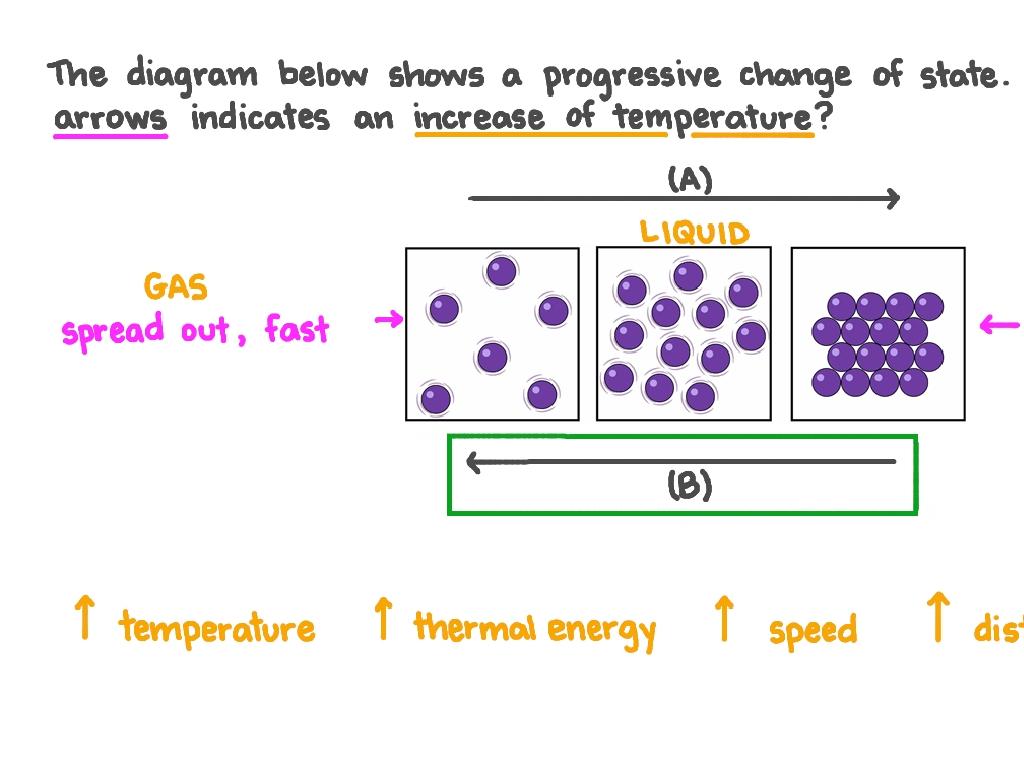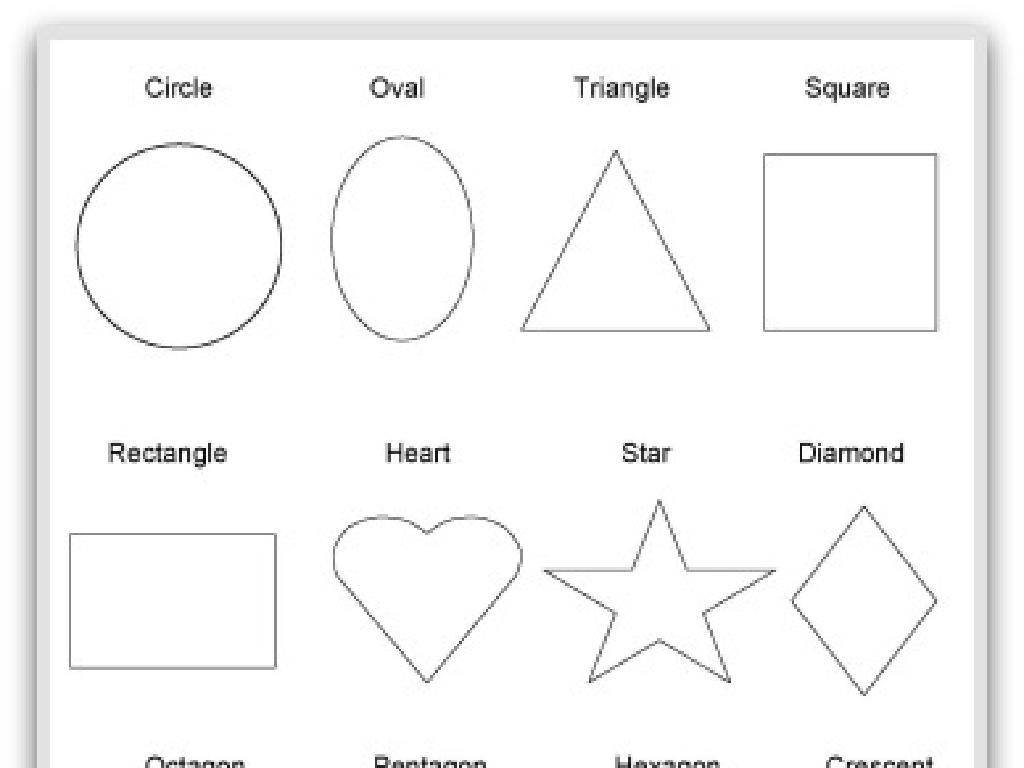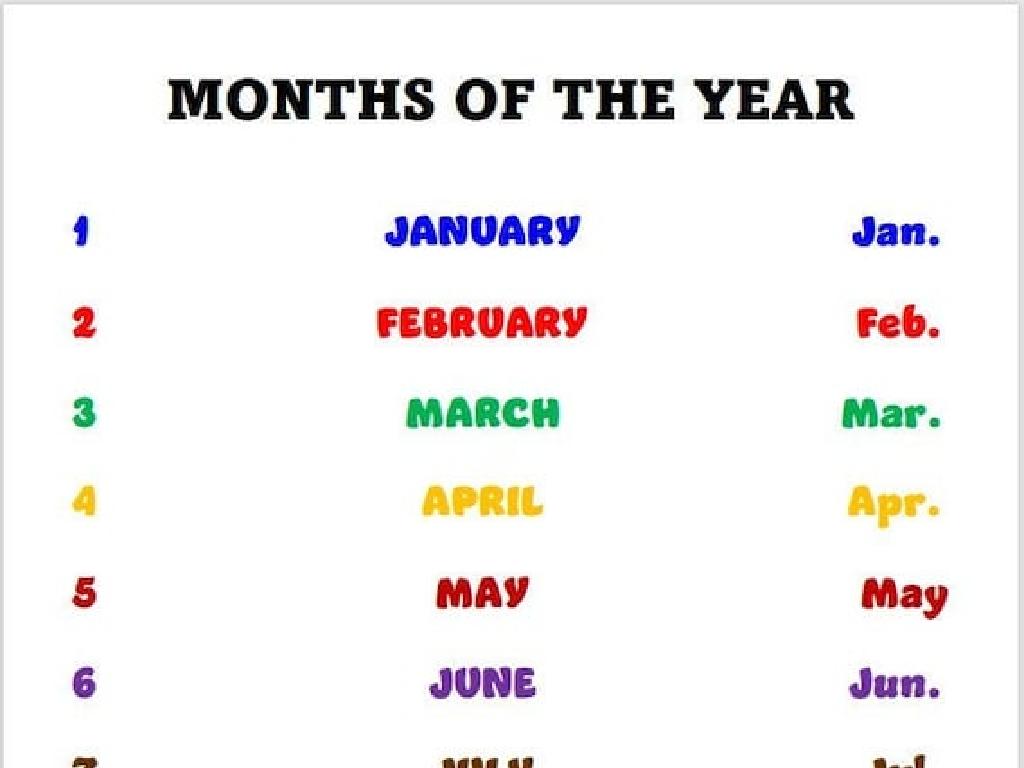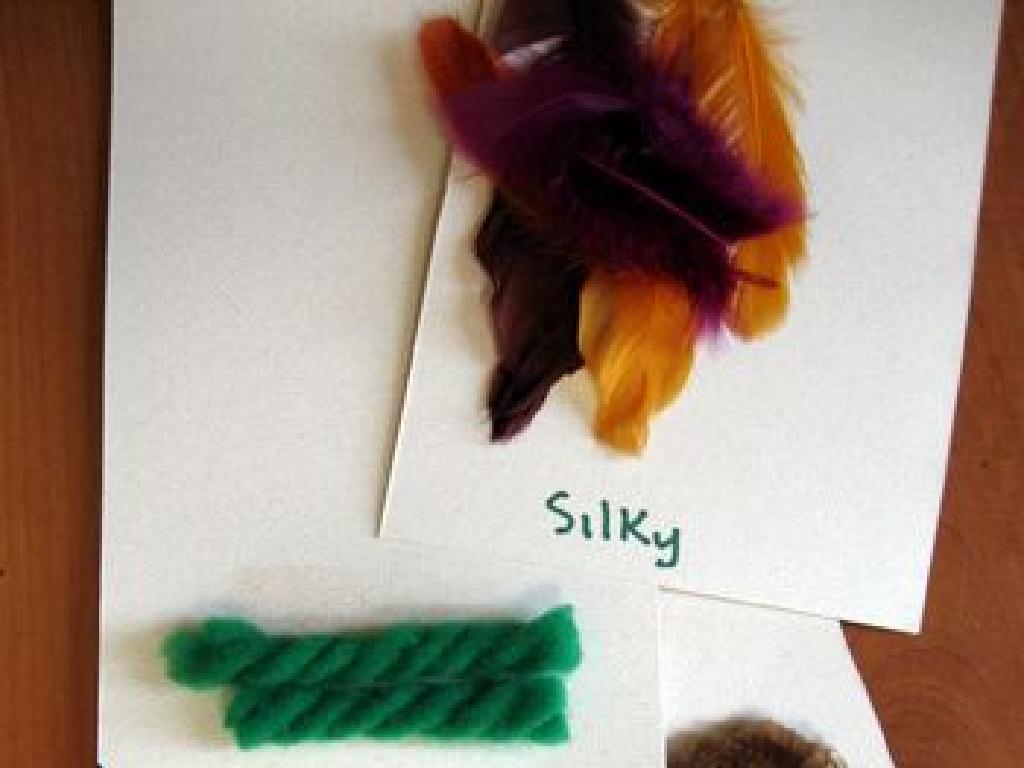Identify Rocks Using Properties
Subject: Science
Grade: Fourth grade
Topic: Rocks And Minerals
Please LOG IN to download the presentation. Access is available to registered users only.
View More Content
Introduction to Rocks
– What exactly are rocks?
– Rocks are solid natural substances composed of minerals.
– Exploring rock types
– Igneous, Sedimentary, Metamorphic are the main types.
– Importance of studying rocks
– Rocks tell us about Earth’s history and are useful in many ways.
|
Begin the lesson by defining rocks as solid natural substances made up of minerals. Each rock has a unique set of properties that can help us identify them. Introduce the three main types of rocks: igneous, formed from cooled magma or lava; sedimentary, made from particles of other rocks or organic material; and metamorphic, which are altered by heat and pressure. Emphasize the importance of studying rocks, as they provide clues about the Earth’s history, are used in construction, and help us understand natural processes. Encourage students to think about where they see rocks in their daily lives and how different types of rocks might look and feel.
Identifying Rocks by Their Properties
– Observe rock colors
– Rocks can be red, blue, green, or many other colors.
– Feel the rock’s texture
– Is it smooth, rough, or grainy?
– Perform a scratch test for hardness
– Use a tool to scratch the rock and see if it leaves a mark.
– Examine the rock’s luster
– Does the rock look shiny or dull when light hits it?
|
This slide introduces students to the basic properties used to identify rocks. Color is the most noticeable feature and can vary widely. Texture involves the tactile quality of the rock’s surface. Hardness is determined by the scratch test, where students can use a simple tool like a nail to see if the rock can be scratched. Luster describes how light reflects off the rock’s surface, indicating if it’s shiny or dull. Encourage students to bring in rocks from home to observe and test these properties in class. This hands-on activity will help solidify their understanding of rock properties.
Types of Rocks and Their Formation
– Igneous Rocks: From magma or lava
– Formed when magma cools inside Earth or lava cools outside
– Sedimentary Rocks: Layers of sediment
– Made from sand, shells, pebbles, and other fragments of materials
– Metamorphic Rocks: Heat and pressure
– Created when existing rocks are transformed by heat and pressure
– Examining rock properties
|
This slide introduces students to the three main types of rocks and how they are formed, which is fundamental in understanding geology. Igneous rocks form from the cooling and solidification of magma or lava. Sedimentary rocks are the result of sediment accumulation over time, often in layers at the bottom of lakes or oceans. Metamorphic rocks originate from existing rock types that undergo a transformation due to intense heat and pressure within the Earth. Encourage students to think about the rock cycle and how each type of rock can transition into another. Provide examples of each rock type and discuss their properties, such as texture, color, and grain size, to help students identify them in the field.
Identifying Rocks by Their Properties
– Properties help identify rocks
– Color, texture, and hardness are clues
– Hands-on: Mystery rock identification
– Use your senses to observe the mystery rock
– Discuss real-life applications
– Geologists use properties to find resources
|
This slide introduces students to the concept of using physical properties to identify different types of rocks. Begin by explaining that just like people have unique features, rocks have properties such as color, texture, and hardness that make them identifiable. During the hands-on activity, provide a variety of rocks and let students use their senses and tools like magnifying glasses to observe and note the properties. Encourage discussion on how these skills can apply to real-life scenarios, such as how geologists use rock identification to locate minerals and other resources important for our daily lives. This activity will help students understand the practical applications of what they learn in science.
The Rock Cycle: Earth’s Rock Transformers
– Rocks change over time
– Rocks undergo a transformation process, becoming one of three types: igneous, sedimentary, or metamorphic.
– Understanding the rock cycle
– The rock cycle shows how rocks slowly change from one form to another through natural processes.
– Interactive rock cycle placement
– Use an interactive diagram to identify and place different rocks in the correct part of the rock cycle.
– Importance of the cycle in nature
– This cycle is crucial for forming the diverse geological features of our planet.
|
This slide introduces the concept of the rock cycle to the students, explaining how rocks are not static but change forms over time due to various geological processes. The rock cycle diagram will be used as an interactive tool to help students visualize and understand the transformation of rocks. It’s important to emphasize that the rock cycle is a slow, continuous process that shapes the earth’s crust and contributes to the formation of soil and other natural resources. During the interactive activity, students will engage with the material by placing different types of rocks in the correct part of the cycle, reinforcing their learning through participation.
Rock Identification Lab Activity
– Break into small groups
– Receive a set of rock samples
– Use properties to identify rocks
– Look at color, texture, hardness, and layering
– Present findings to the class
|
In this hands-on class activity, students will learn about rock identification by working in small groups. Each group will be given a set of rock samples to examine. They will use their observations of the rocks’ properties, such as color, texture, hardness, and layering, to identify each rock type. After the identification process, groups will prepare a short presentation to share their findings with the class. This activity encourages teamwork, observation skills, and presentation skills. Possible activities for different groups could include comparing igneous, sedimentary, and metamorphic rocks, or identifying rocks based on mineral composition. Provide guidance on how to test for hardness and ensure safety when handling rocks.
Rock Identification: Conclusion and Review
– Recap of rock properties
– We learned about color, texture, and hardness.
– Importance of identifying rocks
– Knowing rock types helps in construction and education.
– Engage in Q&A session
– Prepare questions about today’s lesson.
– Review key takeaways
|
As we conclude today’s lesson on rock identification, let’s review the properties of rocks such as color, texture, and hardness, which are essential in distinguishing one rock from another. Understanding these properties is not only fascinating but also practical, as different rocks are used in various aspects of our lives, including construction and education. Encourage the students to ask questions about anything they may not have understood during the lesson. This Q&A session will help clarify any doubts and reinforce their knowledge. Finally, summarize the key points to ensure that the students have grasped the main concepts of rock identification.






